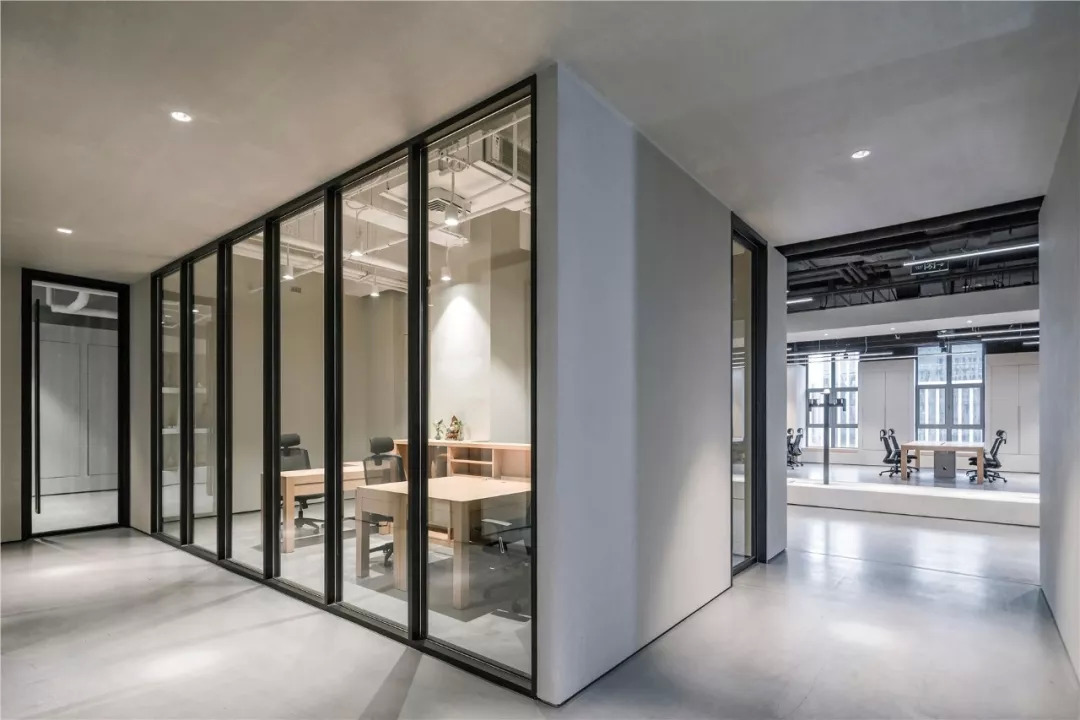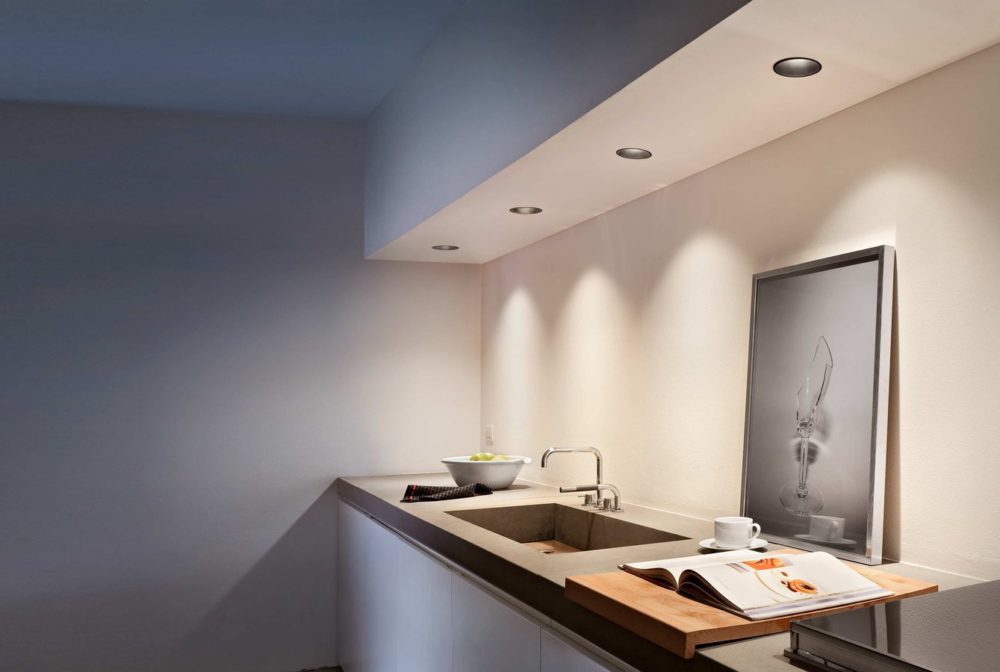Lighting accounts for approximately 15% of global electricity consumption and 4.6% of greenhouse gas emissions. LED technology, with its proven energy-saving and eco-friendly benefits, has emerged as a critical solution for reducing emissions and improving energy efficiency. However, adapting to increasingly stringent global regulations on sustainable development presents both challenges and opportunities for the LED industry. From energy efficiency standards to circular economy principles, this article explores how the LED sector is innovating to meet these regulatory demands while contributing to a more sustainable future.
1. Overview of Global Sustainable Development Regulations
1.1 Energy Efficiency Standards
Energy efficiency is a central focus of global sustainable development policies, especially in the lighting industry. Examples include:
- EU Ecodesign Directive: This directive mandates higher energy efficiency standards for lighting products, phasing out non-compliant light sources.
- U.S. Department of Energy Standards: These regulations set strict efficiency benchmarks for LED products, promoting the adoption of Energy Star-certified energy-saving lighting.
1.2 Circular Economy Regulations
Many countries are embedding circular economy principles into lighting policies to emphasize recycling and waste reduction:
- EU Regulation (EU) 2019/2020: This includes mandatory requirements for the disassembly and recyclability of lighting products, aligning with circular economy goals.
- China’s 14th Five-Year Green Development Plan: Encourages the design of modular and recyclable LED products.
1.3 Environmental Protection Regulations
Environmental rules aim to reduce harmful substances and carbon footprints in product lifecycles:
- RoHS (Restriction of Hazardous Substances): Limits the use of toxic materials like mercury and lead in LED lighting.
- WEEE (Waste Electrical and Electronic Equipment Directive): Holds manufacturers accountable for product recycling and disposal.

2. How the LED Industry Is Adapting
2.1 Improving Energy Efficiency Through Innovation
The LED industry is leveraging cutting-edge technologies to enhance energy efficiency and comply with global regulations:
- Advanced LED Chips: Innovations in LED chip technology deliver higher light output with lower energy consumption.
- Smart Lighting Solutions: Integration of sensors and IoT enables dynamic lighting adjustments based on occupancy and ambient light levels, further reducing energy usage.
- Enhanced Thermal Management: Improved heat dissipation designs extend LED lifespan and maintain energy efficiency.
2.2 Modular Design for Circular Economy
Modular design is a key approach to fulfilling circular economy requirements:
- Extended Lifespan: Modular LED fixtures allow individual components (e.g., drivers, light sources) to be replaced without discarding the entire product, reducing waste.
- Ease of Maintenance and Upgrades: Users can swap out outdated or malfunctioning modules, such as upgrading to a more efficient light source or smart controls, increasing flexibility and longevity.
- Facilitating Recycling: Modular designs simplify disassembly, enabling the recycling of individual components and materials. This reduces environmental impact and resource demand.
- New Business Models: Manufacturers can offer modular upgrade services, creating new revenue streams while supporting sustainability goals.
2.3 Compliance with Environmental Standards
To meet regulations like RoHS, the industry is focusing on material innovation and certification:
- Toxic Material Substitution: Developing lead-free, mercury-free materials to minimize environmental harm.
- Certifications: Products with RoHS, CE, and other certifications ensure compliance and appeal to environmentally-conscious markets.
2.4 Digital Tools for Compliance Management
Digital technologies are enabling more efficient regulatory compliance management:
- Product Lifecycle Management (PLM): Tracks the entire lifecycle of LED products, ensuring compliance at every stage from design to disposal.
- Carbon Footprint Analysis: Tools for assessing emissions during production and usage help optimize supply chains and meet sustainability goals.
3. Global Collaboration and Policy Support
3.1 Industry Alliances Driving Compliance
Collaborations between industry organizations and regulatory bodies are crucial for aligning standards with practical applications:
- LightingEurope: Provides guidance on integrating circular economy principles into LED design, working closely with EU regulators.
- National Electrical Manufacturers Association (NEMA): Supports compliance with U.S. energy efficiency standards and promotes sustainable practices.
3.2 Government Incentives and Funding
Governments worldwide are offering financial and technical support to accelerate LED adoption:
- Subsidy Programs: Many countries subsidize the purchase of high-efficiency LED products to encourage adoption.
- R&D Grants: Funding for LED research drives innovations in smart lighting, materials, and energy efficiency.
3.3 Public Procurement as a Model
Public sector initiatives demonstrate how large-scale adoption of sustainable lighting can set a benchmark:
- EU Green Lighthouse Program: Prioritizes procurement of ecodesign-compliant lighting products.
- China’s Green Building Standards: Mandates the use of sustainable LED lighting in public buildings.

4. Future Directions for the LED Industry
4.1 Advancing Technology and Reducing Costs
Further innovations in LED technology will reduce manufacturing costs while improving performance, making sustainable lighting more accessible.
4.2 Green Design for Full Product Lifecycles
LED manufacturers will focus more on sustainable design, prioritizing materials and components that are recyclable and eco-friendly.
4.3 Adapting to Global Market Diversity
With varying regulations across regions, flexibility in product design and supply chain management will be crucial for global compliance.
Conclusion
Global sustainable development regulations present both challenges and opportunities for the LED industry. By embracing energy efficiency, modular design, and circular economy principles, the sector can meet regulatory requirements while driving innovation. ADAYO Lighting exemplifies this commitment, integrating sustainability and social responsibility into its practices. Together with industry partners and global policymakers, the LED sector can illuminate a greener, more sustainable future.

























